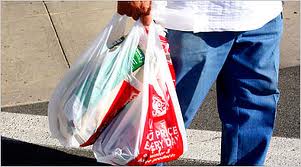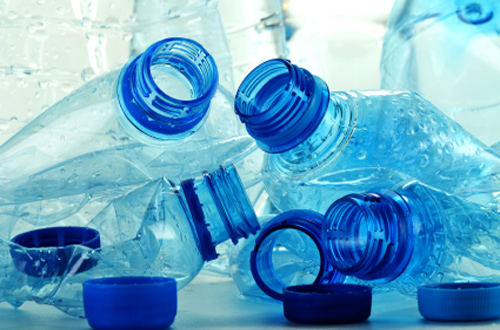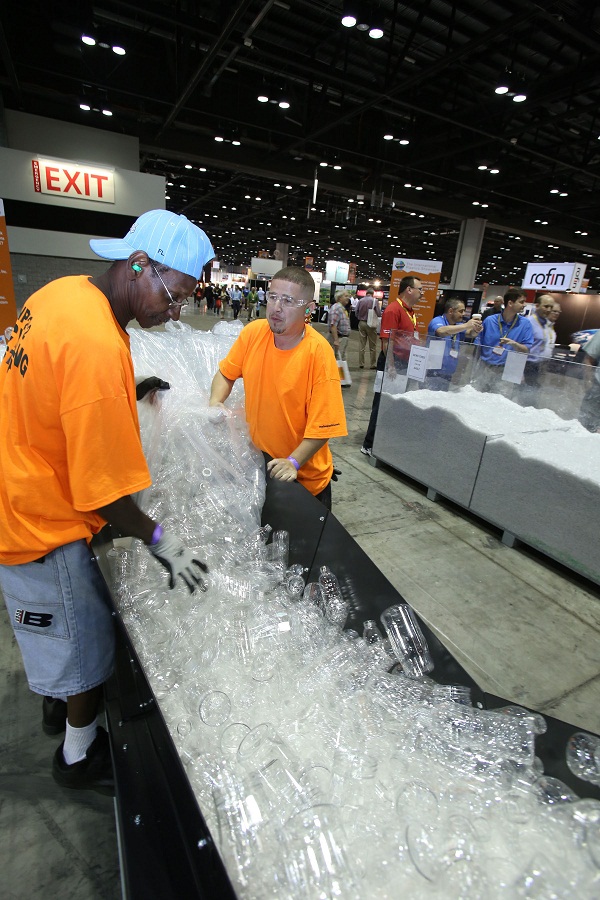 Japan is one of the most successful countries in the world for recycling plastics. In 2010, 77% of plastic waste was recycled, up from 73%
Japan is one of the most successful countries in the world for recycling plastics. In 2010, 77% of plastic waste was recycled, up from 73%
in 2006 and 39% in 1996, according to the nation’s Plastic Waste Management Institute.
The country has passed several recycling laws to address the disposal and treatment of plastic waste since 1997, when businesses and consumers were obliged to separate plastic waste for the first time.
That measure, along with better awareness off the benefits of separating out plastic, is what has had the impact.
The list of plastic items that can be recycled has grown to include boxes and cases, wrappings, cups and containers, plates and trays, tube-shaped containers, lids and caps. Most is processed together, with plastic bottles and other containers treated separately.
In 2006, according to the institute, Japan recycled 2.1m tonnes of plastic waste, while 4.8m tonnes undergoes so-called “thermal recycling” which includes conversion into useful chemicals and burning to generate energy.
The number and types of plastic waste separation differ among municipalities, but most households are required to separate plastic wrappers and packages from polyethylene terephthalate [PET] bottles, whose labels must be torn off before they are thrown away.
The law was tightened amid a rise in the amount of waste generated by Japan’s 127 million people, and a shortage of landfill space.
Household items such as food wrappers and PET bottle labels are clearly marked to indicate they need to be treated as plastic waste. The items are usually collected for free, on different days from regular kitchen waste.
At 77%, Japan’s plastic recycling rate is about twice that of the UK, and well above the 20% figure for the US, which still depends largely on landfill, according to institute spokesman Takushi Kamiya. One major driver has been the lack of space for landfill close to
crowded and sprawling metropolitan areas.
“Japan has been able to make progress in plastic recycling because waste-processing agencies have won the support of manufacturers,” he said.
Japan recycled 72% of PET bottles in 2010, compared with 48% in Europe and 29% in the US.
The recycled material is used in textiles, sheeting, industrial materials and household items such as egg boxes. Large quantities are shipped to China, Hong Kong and other parts of Asia, where it is used to make toys and games.
New technology is helping raise the PET-bottle recycling rate. The food company Ajinomoto recently unveiled a plastic bottle made entirely from recycled PET. The firm expects to use 4,500 tonnes of recycled PET in its drink bottles every year.
Japan’s plastic recycling operation would be easier if manufacturers reduced the amount of wrapping they use, said Kevin Carroll, representative director of EA International, an environmental and engineering risk management consultancy in Tokyo.
“Japan differs from other countries in that it tends to overwrap,” Carroll said. “You buy a bento boxed lunch and it comes in a plastic box with a lid, and then it’s put into a plastic bag. Lots of other foodstuffs are the same.
“There’s a tremendous amount of plastic around. The real problem is with household plastic, a lot of which gets burned or buried. The amounts involved are phenomenal.”
Kamiya agrees that Japan needs to address the 27% of plastic waste that is simply incinerated or buried in increasingly scarce landfill sites.
“We are looking at ways to deal with what’s left over, but it’s difficult to imagine at this stage that we’ll get the recycling rate to 100%,” he said. “But I think we do very well compared with other countries.”
Source : www.guardian.co.uk







